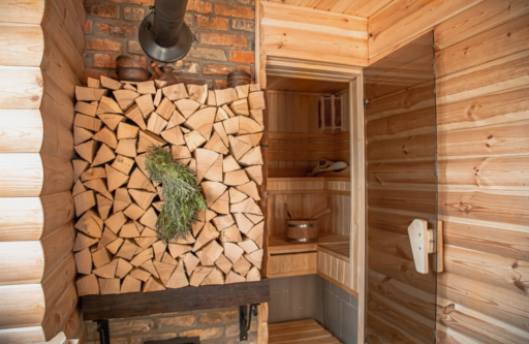Optimal Placement of Vents and Windows in Wood-Burning Saunas
22 November 2025 by Aysha E.One of the key factors in creating a comfortable sauna environment is proper ventilation. In a wood-burning sauna, the placement of vents and windows plays a crucial role in ensuring optimal airflow and maintaining a balance between heat and ventilation. By strategically positioning these openings, you can enhance the overall experience of using your sauna. In this article, we will discuss the best practices for maximizing airflow and creating a comfortable environment in your wood-burning sauna.

Best Placement for Vents and Windows in a Wood-Burning Sauna
When it comes to the best placement for vents and windows in a wood-burning sauna, it is crucial to consider the airflow and ventilation within the space. Proper ventilation is essential for maintaining a comfortable and safe environment while using a wood-burning sauna. Vents should be strategically placed to allow for the efficient flow of fresh air into the sauna while removing any excess heat and moisture. Windows can also help to provide natural light and improve ventilation in the sauna. By carefully considering the placement of vents and windows, you can create a well-balanced and enjoyable sauna experience.Maximizing Airflow in Your Wood-Burning Sauna
Maximizing airflow in your wood-burning sauna is essential for creating a comfortable and enjoyable sauna experience. Proper ventilation not only helps to regulate the temperature inside the sauna, but it also helps to ensure that fresh air is constantly circulating, providing a healthier environment for sauna users. One of the key factors in maximizing airflow is the placement of vents and windows in the sauna. Vents should be strategically placed to allow hot air to escape while drawing in fresh air from outside. This helps to prevent the sauna from becoming too hot and stuffy, creating a more pleasant and comfortable sauna experience. Windows can also play a crucial role in maximizing airflow in a wood-burning sauna. By strategically placing windows in the sauna, you can create cross ventilation that helps to circulate air more efficiently. This can help to prevent the sauna from feeling too humid or stagnant, creating a more enjoyable sauna experience for users. Overall, maximizing airflow in your wood-burning sauna is key to creating a comfortable and enjoyable sauna experience. By strategically placing vents and windows in the sauna, you can help to regulate the temperature, prevent the sauna from feeling too hot or stuffy, and ensure that fresh air is constantly circulating. This can help to create a healthier and more inviting environment for sauna users to relax and unwind in.Tips for Balancing Heat and Ventilation in a Wood-Burning Sauna
Achieving the perfect balance of heat and ventilation in a wood-burning sauna is essential for creating a comfortable and efficient sauna experience. Here are some tips to help you achieve just that:Start by carefully considering the placement of your vents and windows. Vents should be strategically placed to allow for optimal airflow, while windows can help with natural ventilation and light.
Experiment with the positioning of your vents to find the right balance between heat retention and ventilation. You may need to adjust the size of the vents or add additional vents to achieve the desired airflow.
Consider installing adjustable vents that can be opened or closed to control the amount of heat and ventilation in the sauna. This will allow you to customize the sauna environment to suit your preferences.
Regularly clean and maintain your vents to ensure they are functioning properly. Clogged or blocked vents can restrict airflow and affect the overall heat and ventilation in the sauna.
Monitor the temperature and humidity levels in your sauna regularly to ensure that you are maintaining a comfortable and safe environment. Adjust the vents and windows as needed to achieve the perfect balance of heat and ventilation. By implementing these tips, you can ensure that your wood-burning sauna provides a relaxing and enjoyable experience for you and your guests.